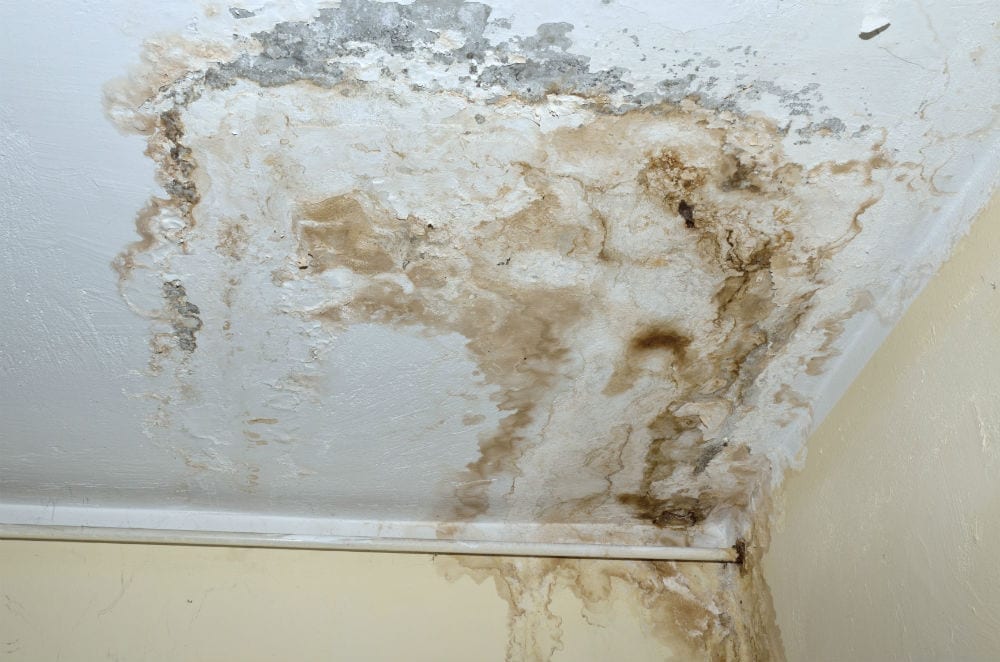Do's and Don'ts Throughout Water Damages Emergencies.
Do's and Don'ts Throughout Water Damages Emergencies.
Blog Article
Have you been hunting for facts and techniques about Ways to Reduce The Risk Of Fire And Water Damage?

Though water provides life, water invasion on parts where it's not supposed to be can result in damages. It can peel off away surfaces and deteriorate the structure if the water soaks into your framework. Mold and mildew and mold additionally prosper in a moist environment, which can be unsafe for your wellness. Homes with water damage scent old as well as moldy.
Water can come from lots of sources such as typhoons, floodings, burst pipelines, leaks, and also sewer problems. In case you experience water damage, it would certainly be good to recognize some security preventative measures. Right here are a couple of guidelines on how to take care of water damage.
Do Prioritize House Insurance Coverage Protection
Water damages from flood as a result of heavy winds is seasonal. Nevertheless, you can also experience an unexpected flooding when a defective pipeline all of a sudden breaks into your home. It would certainly be best to have house insurance policy that covers both disasters such as natural catastrophes, and emergency situations like broken plumbing.
Don't Neglect to Turn Off Energies
In the event of a catastrophe, specifically if you live in a flood-prone area, it would certainly be suggested to shut off the main electric circuit. This removes power to your entire house, stopping electric shocks when water comes in as it is a conductor. Additionally, do not forget to turn off the primary water line shutoff. Furniture will move around and cause damage when floodwaters are high. Having the primary valve turned off stops more damages.
Do Stay Proactive and Heed Weather Condition Notifies
Storm floods can be very unpredictable. Remain ready as well as proactive if there is a history of flooding in your community. Pay attention to emptying warnings if you live near a lake, creek, or river . Secure belongings from the ground floor and cellar, then placed them on the greatest possible degree. Doing so minimizes prospective home damage.
Do Not Overlook the Roof
You can stay clear of rain damage if there are no holes as well as leakages in your roof. This will certainly avoid water from streaming down your wall surfaces and also saturating your ceiling.
Do Take Note Of Little Leakages
A ruptured pipeline does not happen overnight. Typically, there are red flags that indicate you have deteriorated pipelines in your house. As an example, you might see bubbling paint, peeling wallpaper, water streaks, water stains, or dripping sounds behind the walls. Eventually, this pipe will certainly rupture. Preferably, you need to not wait for things to intensify. Have your plumbing repaired prior to it results in massive damage.
Do Not Panic in Case of a Ruptured Pipe
When it comes to water damages, timing is crucial. Hence, if a pipe ruptureds in your house, instantly closed off your major water valve to reduce off the resource. Call a respectable water damages restoration expert for assistance.
Water gives life, water invasion on components where it's not supposed to be can result in damage. Houses with water damages scent old and mildewy.
Water damage from flooding charges to hefty winds is seasonal. You may discover gurgling paint, peeling off wallpaper, water touches, water discolorations, or dripping sounds behind the walls. When it comes to water damages, timing is vital.
Some Do's & Don't When Dealing with a Water Damage
DO:
Make sure the water source has been eliminated. Contact a plumber if needed. Turn off circuit breakers supplying electricity to wet areas and unplug any electronics that are on wet carpet or surfaces Remove small furniture items Remove as much excess water as possible by mopping or blotting; Use WHITE towels to blot wet carpeting Wipe water from wooden furniture after removing anything on it Remove and prop up wet upholstery cushions for even drying (check for any bleeding) Pin up curtains or furniture skirts if needed Place aluminum foil, saucers or wood blocks between furniture legs and wet carpet Turn on air conditioning for maximum drying in winter and open windows in the summer Open any drawers and cabinets affected for complete drying but do not force them open Remove any valuable art objects or paintings to a safe, dry place Open any suitcases or luggage that may have been affected to dry, preferably in sunlight Hang any fur or leather goods to dry at room temperature Punch small holes in sagging ceilings to relieve trapped water (don't forget to place pans beneath!); however, if the ceiling is sagging extremely low, stay out of the room and we'll take care of it DO NOT:
Leave wet fabrics in place; dry them as soon as possible Leave books, magazines or any other colored items on wet carpets or floor Use your household vacuum to remove water Use TV's or other electronics/appliances while standing on wet carpets or floors; especially not on wet concrete floors Turn on ceiling fixtures if the ceiling is wet Turn your heat up, unless instructed otherwise

Do you appreciate reading about Ways to Reduce The Risk Of Fire And Water Damage? Try leaving feedback down the page. We will be pleased to know your thoughts about this write up. In hopes that you visit us again soon. Kindly take the opportunity to promote this write-up if you liked it. Thanks a bunch for your time. Visit again soon.
Report this page